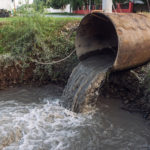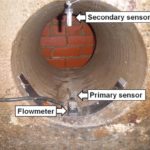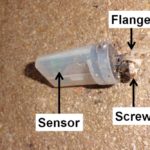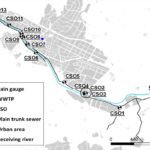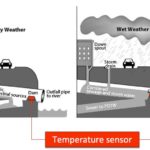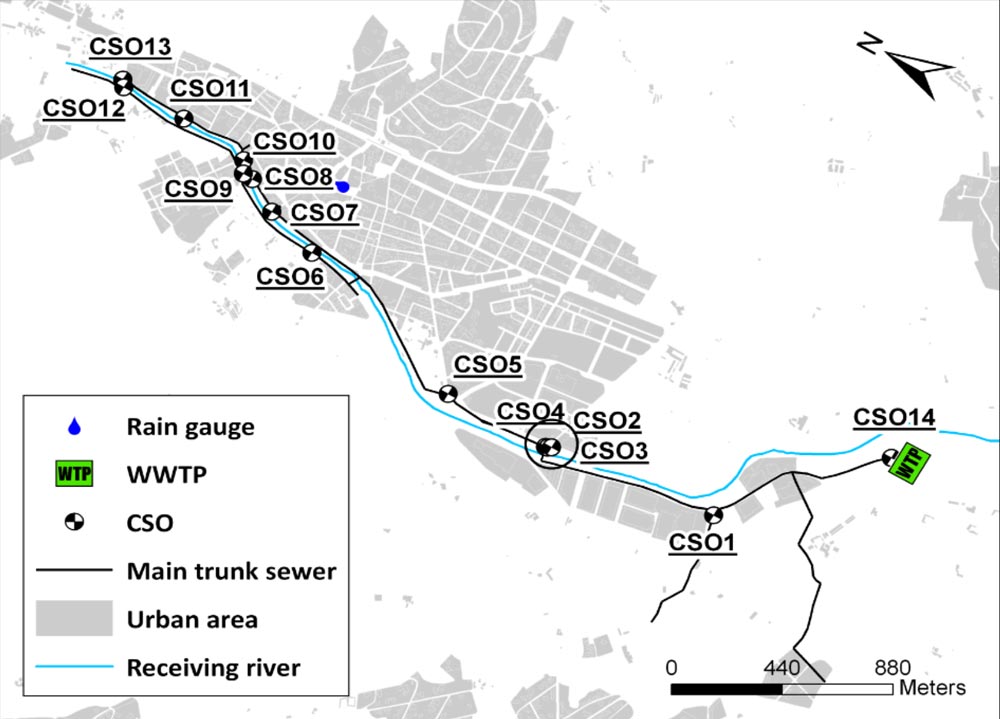
This solution is based on deployment of a network of innovative low-cost temperature sensors to estimate emissions from combined sewer overflows (CSO) across a largThis solution is based on the deployment of a network of innovative low-cost temperature sensors to estimate emissions from combined sewer overflows (CSO) across a large number of points in a sewer system. CSO events and their duration can be detected by shifts in temperature within the sewers, thanks to the temperature difference between the air phase and stormwater discharge.
Challenges
Combined sewer systems comprise an underground sewage collection system composed of a network of pipes and tunnels designed to collect both wastewater and rainwater surface runoff. During heavy rainfalls, the drainage capacity of the sewer pipes and the pumping station is not able to transfer all the voCombined sewer systems consist of a complex underground collection system with a wide network of pipes and tunnels designed to collect both wastewater and rainwater surface runoff. During heavy rainfalls, the drainage capacity of sewer pipes and pumping stations is not able to transfer all the volume of wastewater and rainwater to the treatment plants or retention tanks. In these cases, the excess of combined sewerage is discharged directly to the receiving water body in an event called a combined sewer overflow (CSO). CSOs are a major source of contaminants for receiving water bodies, including suspended solids, organic matter, nutrients, heavy metals, organic compounds and pathogenic microorganisms. CSO events can have various detrimental effects such as oxygen depletion, ammonia toxicity and hydraulic stress on aquatic organisms. Compliance with the Water Framework Directive (WFD) requires the implementation of CSO control measures and the continuous upgrade of sewer networks to avoid environmental contamination.
Limitations of current practices
Traditionally there has been a lack of reliable data on the occurrence of CSOs. Recent EU regulations have Traditionally there has been a lack of reliable data on the occurrence of CSOs. Recent EU regulations have correctly identified CSOs as an important source of contamination, and so promote appropriate monitoring of all CSO structures. The aim is to control and avoid the detrimental effects described above and to achieve and maintain the high ecological quality of the receiving water. To date, two of the main limitations with regards to CSOs have been: i) the high number of CSO structures per municipality or catchment, and ii) the high cost of the equipment for CSO detection available on the market. These two factors have delayed the implementation of extensive monitoring of CSOs. Overflows are generally measured using standard flow meters or instruments based on level sensors and/or capacitive sensors. However, those tend to be costly (usually over 2000 € CAPEX / CSO + operational costs) and not always reliable due to the harsh conditions of sewers. As a result, simultaneous monitoring of several CSO structures is very expensive and thus, utilities do not have information about the behaviour of the network and its potential impacts on the local water bodies.
Innovation
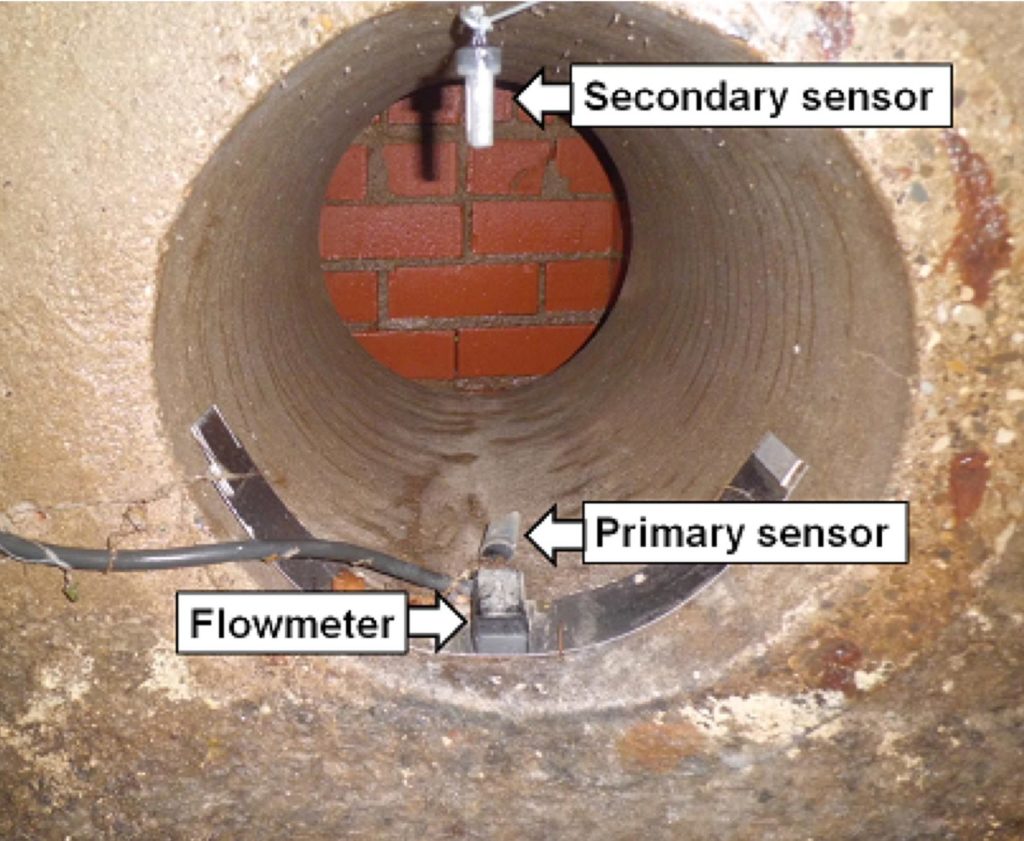
This solution provides a simple and robust method for CSO detection. It reduces CAPEX for CSO monitoring and allows utilities to monitor their network extensively. The implementation of artificial intelligence (AI) algorithms improves measurement accuracy and provides tailor-made information which can be used to design optimal sewer operational strategies for each case catchment. The solution can be deployed offline or online. The offline version can quantify the CSO occurrence and duration, and roughly estimate the volume discharged in a CSO event. In addition, online sensors can remotely provide real-time overflow information through Lorawan/2G communication protocols. The technology can be especially useful to improve the accuracy of hydrodynamic sewer modelling by providing high spatial and temporal distribution of reliable data.
City tests
The solution is being deployed in three cities: Sofia, Berlin and Milan. In Sofia and Milan, the solution helped improve the knowledge of CSO events and understanding of the behaviour of a catchment under wet weather conditions. The final aim is to improve the quality and reduce the reaction time of the city-operational teams. In Berlin, the solution helped to identify the right balance between the type, number and location of sensors. Data was also used to improve the accuracy of hydrodynamic sewer modelling for resilience analysis, flood forecasting and efficient investment in stormwater management measures.
Contact solution
ICRA – Oriol Gutierrez
IOTSENS – Ignacio Llopis
IOTSENS – Jose Luis Martinez

